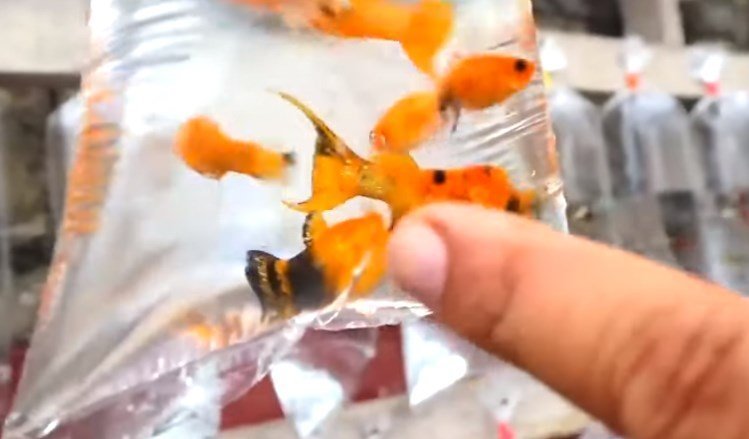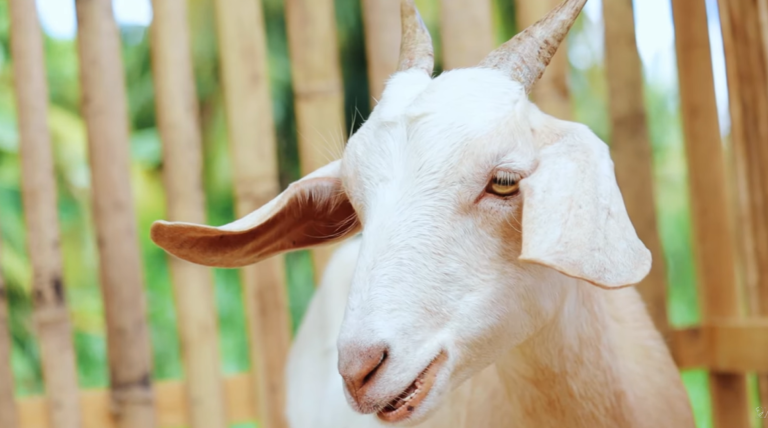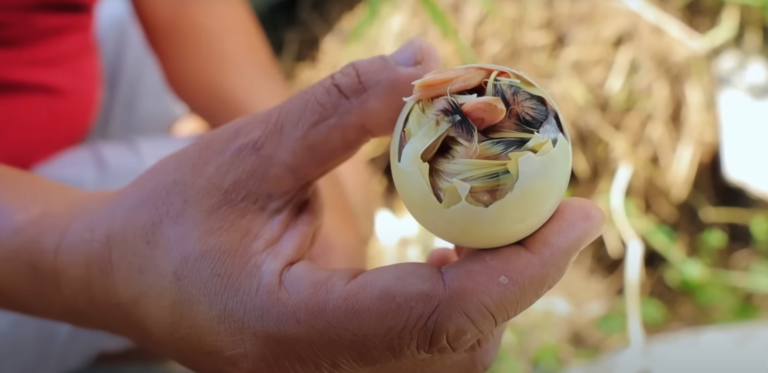Dexter’s World: The Comprehensive Guide to Native Chicken Farming
Hello, everyone! Dexter here, and today, I’m thrilled to take you on a deep dive into the world of native chicken farming. It’s a venture that has proven not just to be a passion project for many but also a lucrative business opportunity when approached with the right knowledge and dedication. So, let’s embark on this journey together, exploring the essentials of setting up a successful native chicken farm.
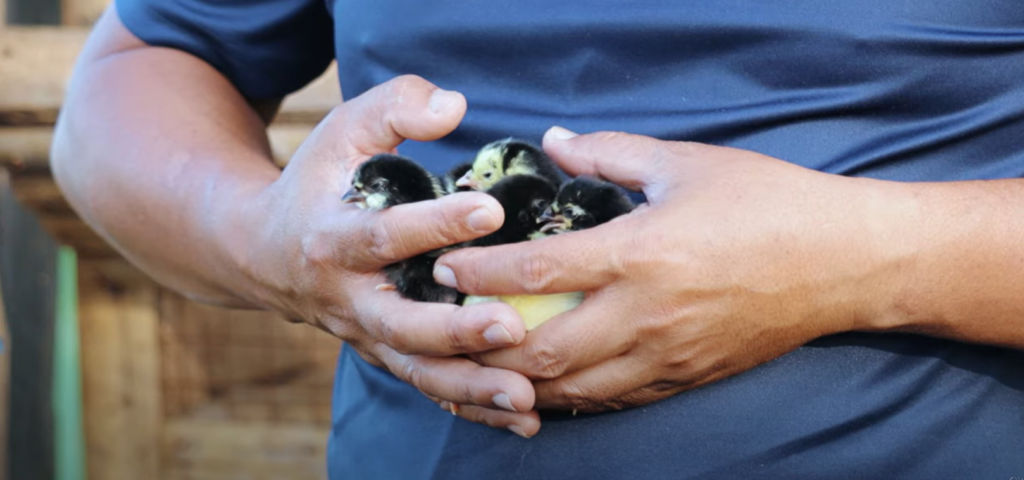
Understanding Native Chicken Farming
Native chicken farming holds a special place in the agricultural landscape for its lower maintenance requirements and the high demand for organic poultry products. However, diving into this venture requires more than just a plot of land and some chickens. It’s about creating an ecosystem where these birds can thrive, produce, and contribute to a sustainable farming practice.
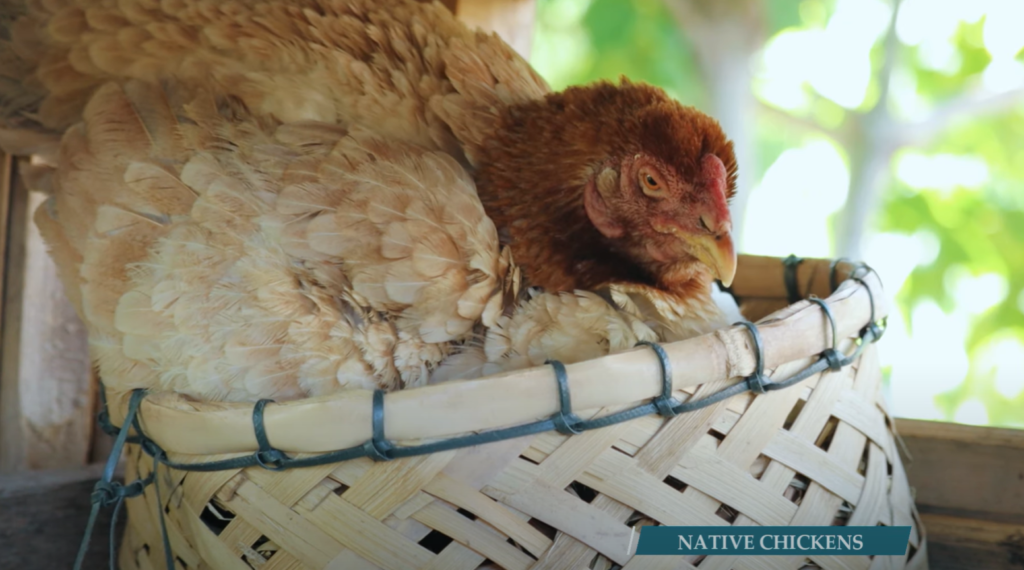
Creating the Perfect Habitat
One of the first steps in native chicken farming is to establish a conducive environment for the hens to lay their eggs. A well-structured nest box area is crucial, as it not only provides a safe space for egg-laying but also for incubation. Our farm features a dedicated space where hens can comfortably nest, leading to higher egg production rates and, subsequently, a steady supply of newly hatched chicks.
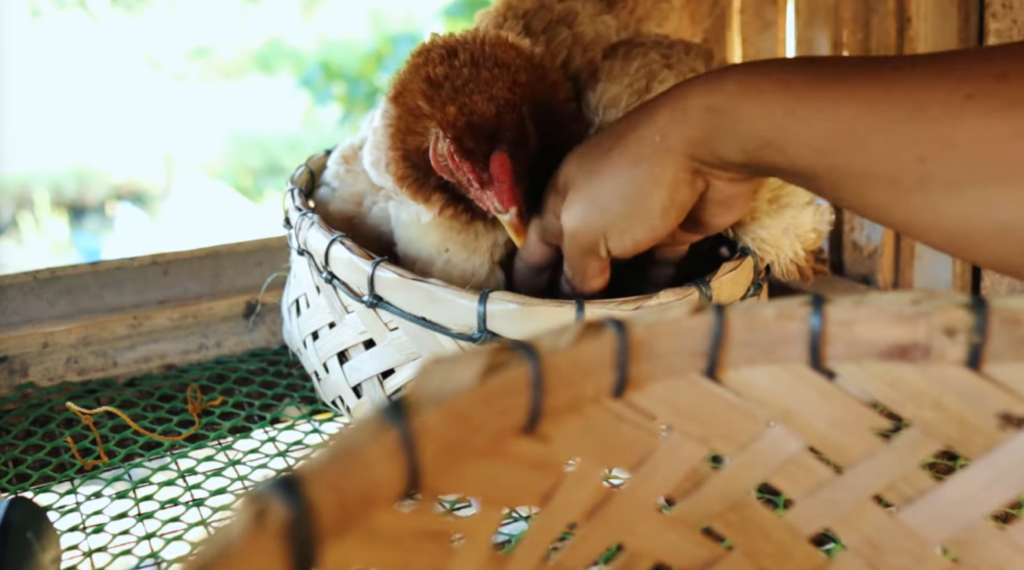
The Incubation Process
In native chicken farming, allowing the mother hen to incubate her eggs is a common practice. However, this method comes with its challenges, such as the staggered hatching of chicks due to the sequential laying of eggs. To manage this, we adopt a strategy of transferring unhatched eggs to surrogate mothers, ensuring a more synchronized hatching process and better care for the newly hatched chicks.
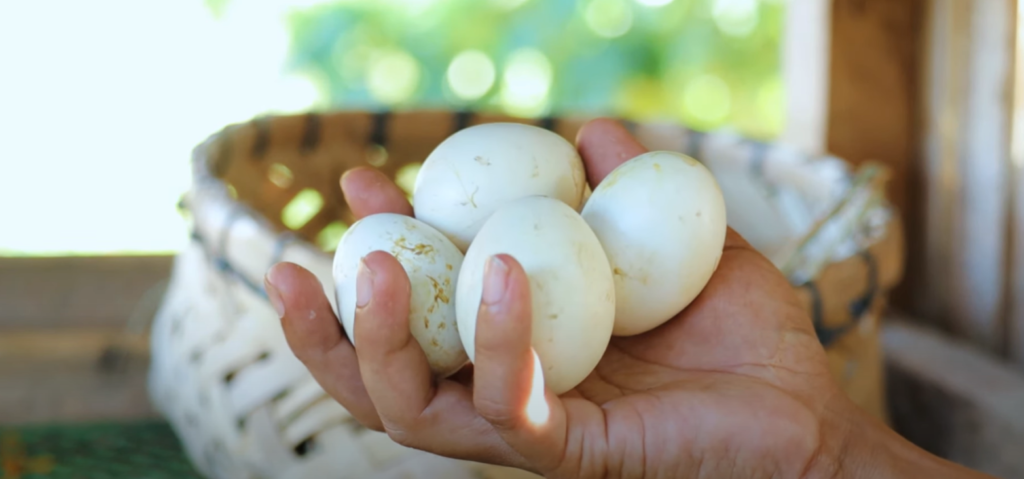
Chick Management
Once hatched, the chicks are relocated to a safer, more controlled environment – the nursery pen. This crucial step ensures the chicks are protected from potential threats and can grow in a temperature-regulated setting. Here, they’re introduced to a diet that includes chick boosters and water with added vitamins, setting the foundation for their healthy development.
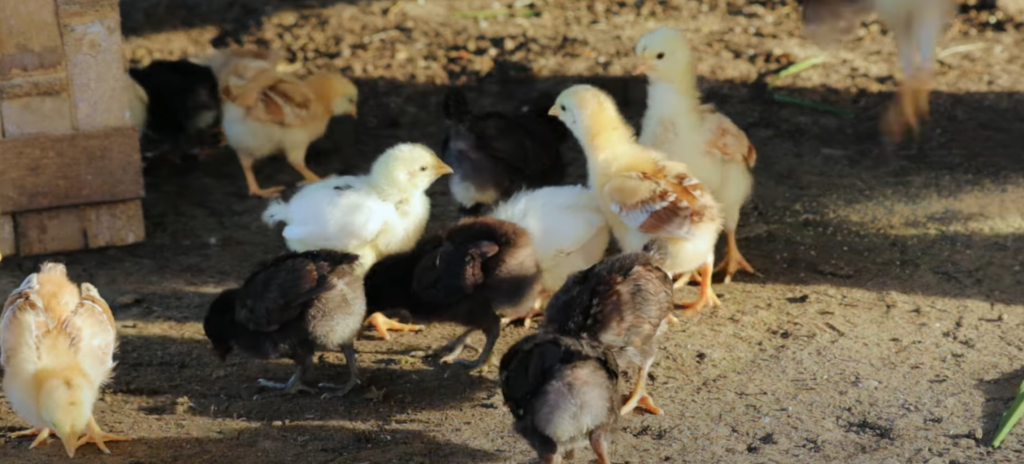
The Superworm: A Secret to Success
A standout aspect of our chicken rearing practice is the incorporation of superworms into the chickens’ diet. These worms are an excellent protein source, significantly boosting the chickens’ growth and overall health. The process of breeding superworms is straightforward and cost-effective, making it an ideal nutritional supplement for the flock.
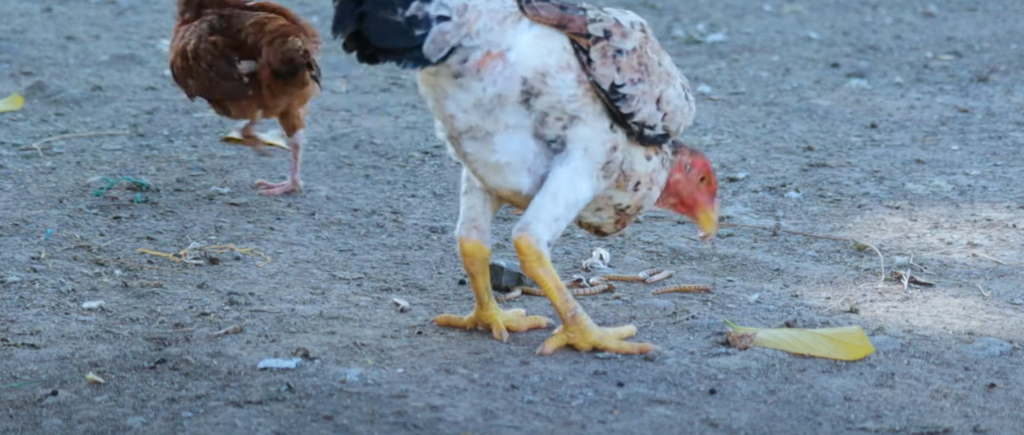
Water System and Farm Innovations
Our journey in native chicken farming also led us to address water supply challenges. After an initial setback with our first deep well, we found success in a new location, ensuring a reliable water source for the farm. This experience underscores the importance of flexibility and problem-solving in farm management.

Embracing Native Chicken Farming
As we continue to develop and refine our practices, the goal remains clear: to create a sustainable, productive environment for native chicken farming. Through careful planning, innovation, and a deep respect for the natural processes, we aim to inspire and educate future farmers on the viability and rewards of this farming method.
Native chicken farming is more than just an agricultural venture; it’s a commitment to ethical, sustainable living. By embracing the challenges and joys it brings, we can contribute to a healthier, more sustainable world, one chicken at a time.
Thank you for joining me on this exploration of native chicken farming. If you’re inspired to start your own journey or simply want to learn more about sustainable farming practices, remember to subscribe and stay tuned for more insights from Dexter’s World. Together, let’s make a difference in the world of farming!


